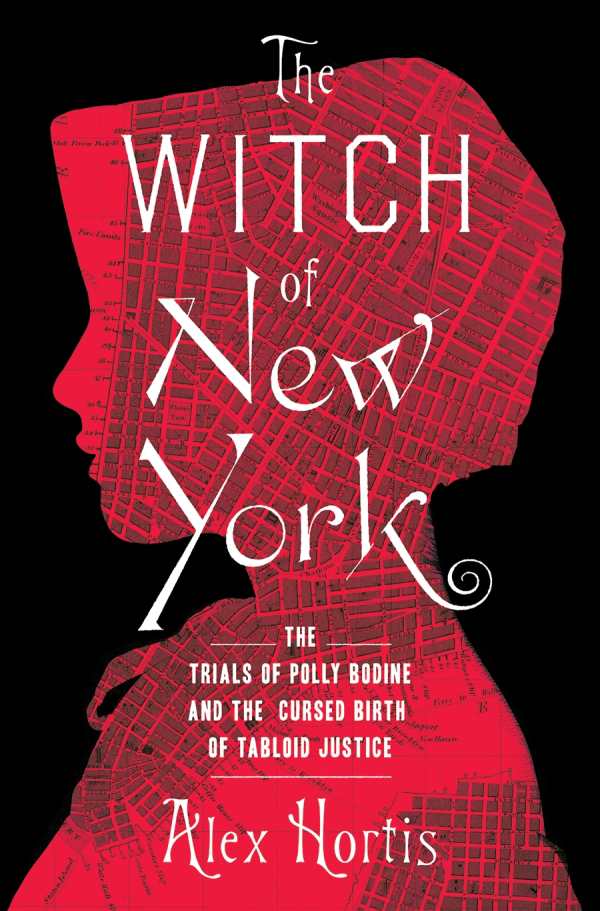The Witch of New York
The Trials of Polly Bodine and the Cursed Birth of Tabloid Justice
A riveting true crime story from history, Alex Hortis’s The Witch of New York chronicles the misogynist frenzy surrounding a notorious murder trial.
On Christmas in 1843, a gruesome discovery horrified the close-knit community of Staten Island. Emeline Houseman and her baby daughter were found beaten and burned to death in their home, with the child’s head appearing to have been “seared off” by “hellfire.” In addition to the murders, valuable items were stolen. Polly Bodine, the victim’s sister-in-law, became the primary suspect.
Polly had no reputation for violence, but she was a woman of “adulterous” character; she left her abusive, bigamist husband and found a new lover in Manhattan. Pregnant at the time of her arrest, Polly suffered a stillbirth in jail. In telling her story, the book recreates the ribald energy of 1840s New York—a decade of capitalist excess, prostitution, and a burgeoning tabloid press. The newspapers exulted in Polly’s case, fighting over each new piece of information and inventing stories if no new facts were forthcoming.
The book includes a wealth of enticing historical details, as of newspaper carrier pigeons waiting for their next delivery and the lighting of candles in the courtroom chandeliers. And Polly’s three trials are recreated with the gripping pace of a novel. Her defense attorneys worked to improve her general image; they also used scathing antisemitism to discredit the testimony of Jewish pawnbrokers. Meanwhile, the tabloid hysteria continued, along with showman P. T. Barnum’s wax effigy display of Polly as a “murderous witch.” Walt Whitman reported on the case with an anti-death penalty stance, while gambling houses took bets on the verdict.
Rollicking and unnerving, The Witch of New York spotlights one of the first media-driven trials and a continuing social climate of biased and sexist judgments.
Reviewed by
Meg Nola
Disclosure: This article is not an endorsement, but a review. The publisher of this book provided free copies of the book to have their book reviewed by a professional reviewer. No fee was paid by the publisher for this review. Foreword Reviews only recommends books that we love. Foreword Magazine, Inc. is disclosing this in accordance with the Federal Trade Commission’s 16 CFR, Part 255.

